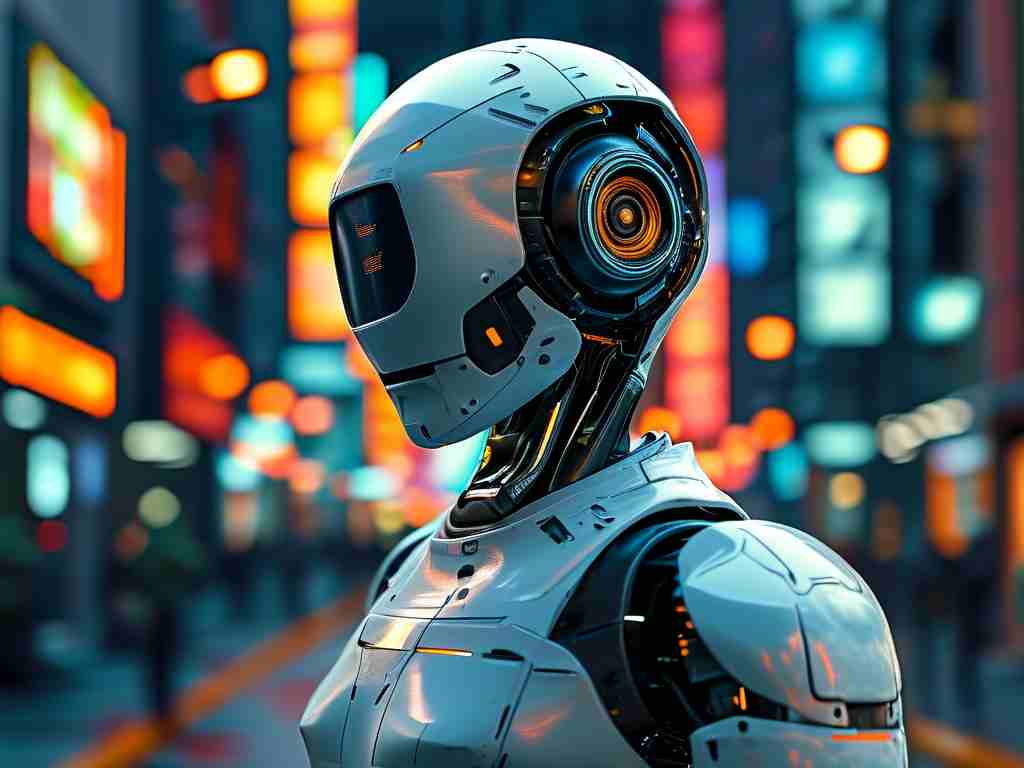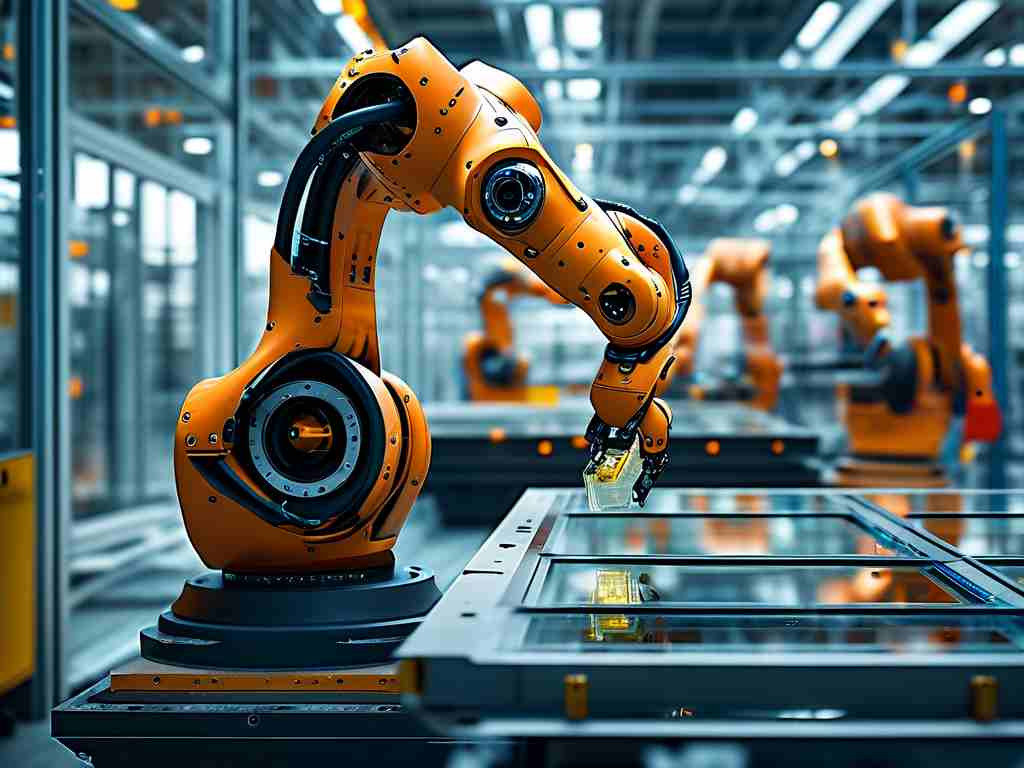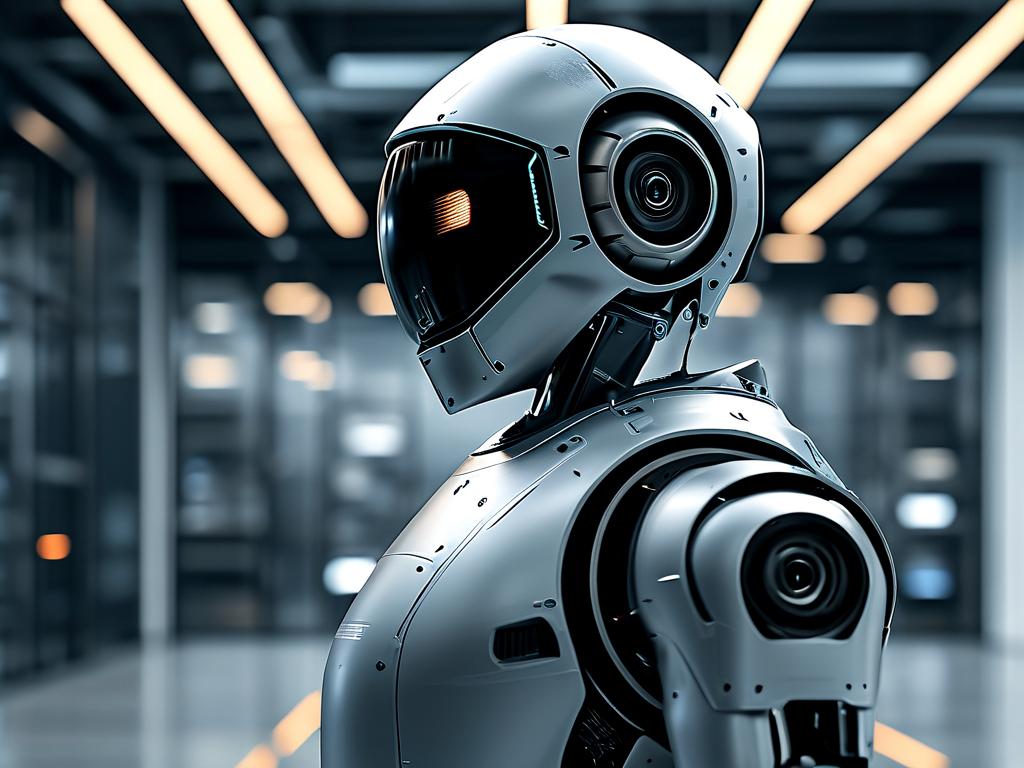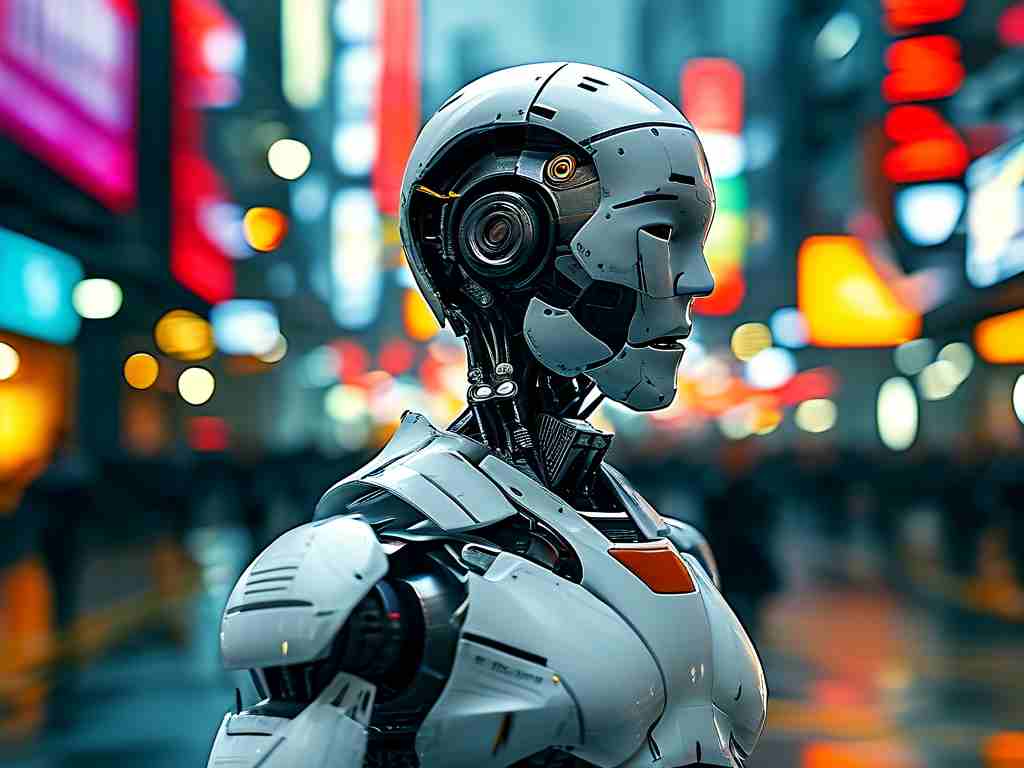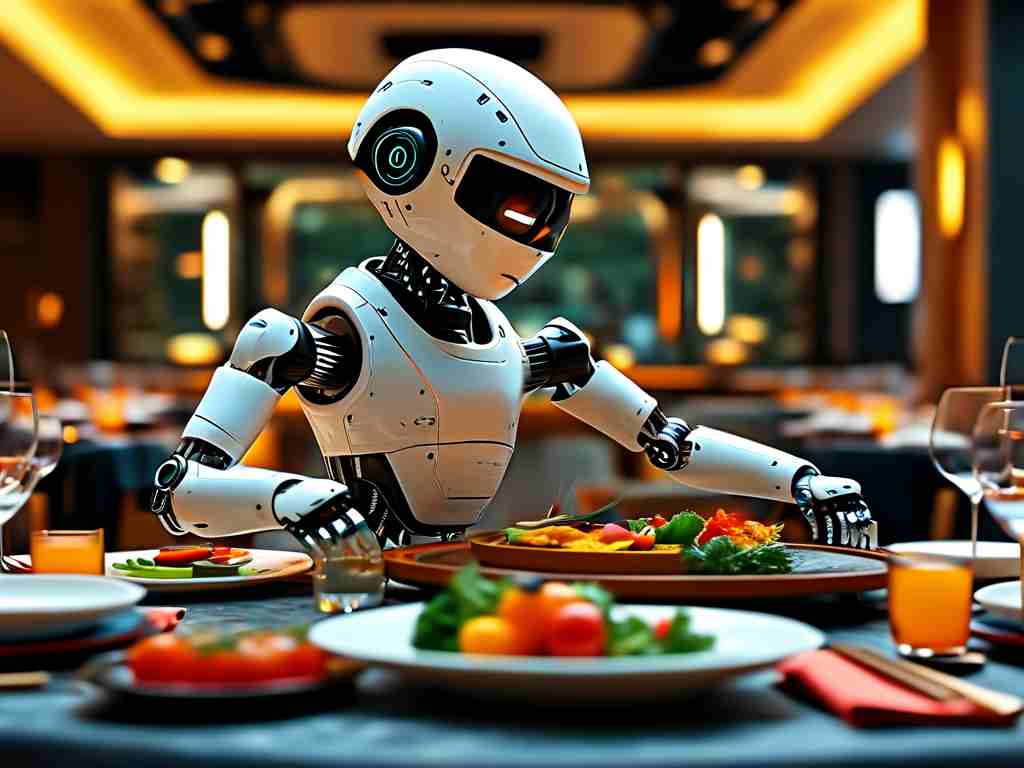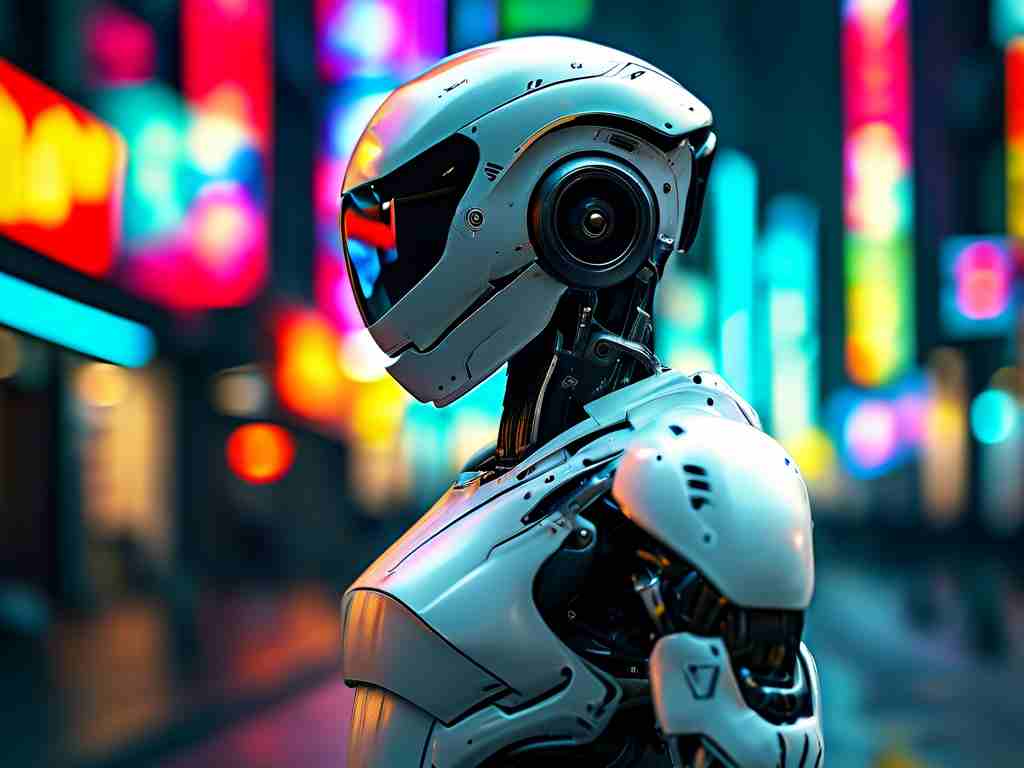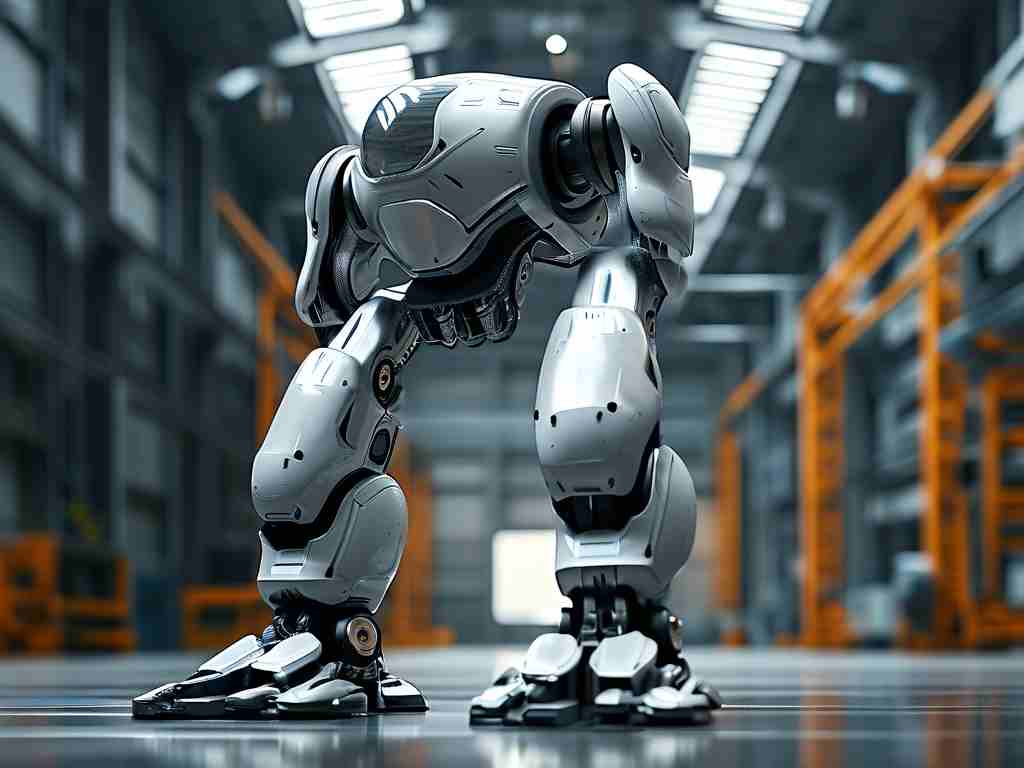Embodied robot technology represents a transformative leap in artificial intelligence by integrating physical bodies with cognitive capabilities, enabling machines to interact directly with the real world. This field merges robotics, sensor networks, and advanced algorithms to create systems that perceive, learn, and act autonomously, unlike traditional software-only AI. As a result, embodied robots can navigate complex environments, manipulate objects, and adapt to dynamic situations, making them invaluable across industries. For instance, in healthcare, robots like those developed by Boston Dynamics assist surgeons with precise movements during operations, reducing human error and improving patient outcomes. Similarly, in manufacturing, embodied systems optimize assembly lines by handling repetitive tasks, such as welding or packaging, which boosts efficiency and cuts costs. The core of this technology lies in its sensory inputs—cameras, LiDAR, and tactile sensors—that feed real-time data to neural networks for decision-making. However, challenges persist, including high development expenses and ethical dilemmas around job displacement. Addressing these requires collaborative efforts from engineers and policymakers to ensure safe, equitable deployment. Looking ahead, embodied robotics will evolve with AI integration, such as reinforcement learning, to enhance adaptability and human-robot collaboration, paving the way for innovations in smart cities and personalized services. Ultimately, this technology promises to redefine how we live and work, fostering a future where intelligent machines seamlessly augment human capabilities.
